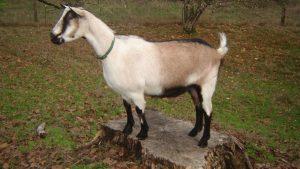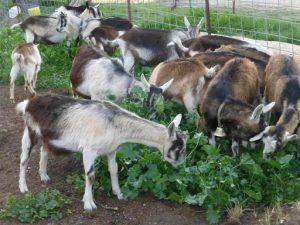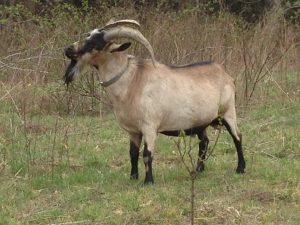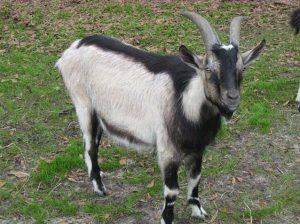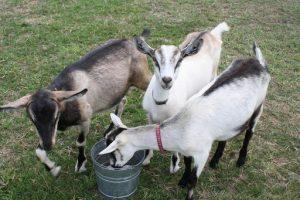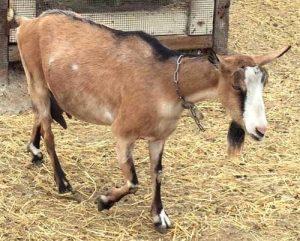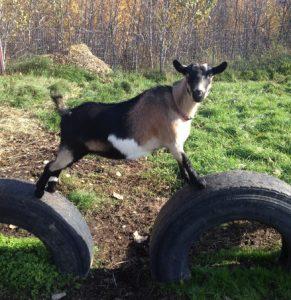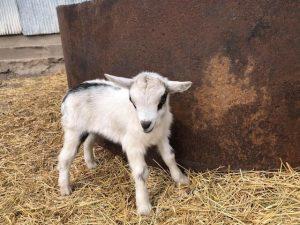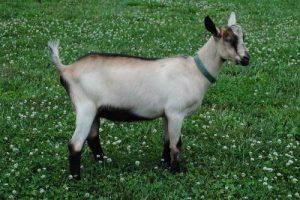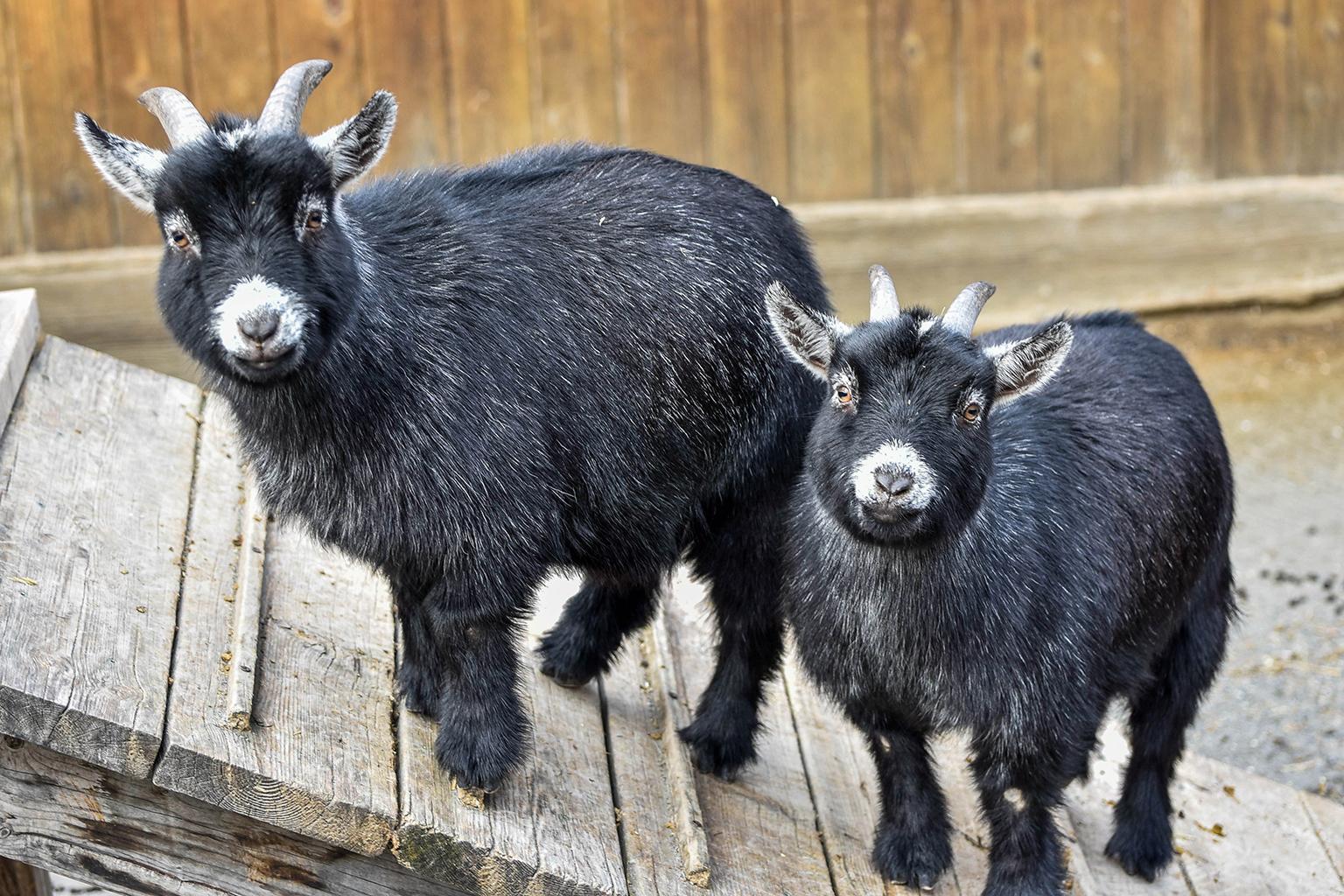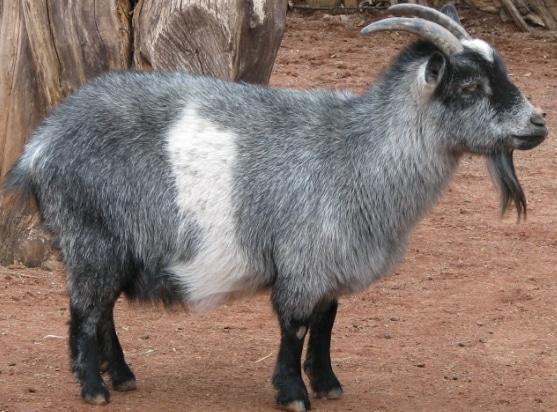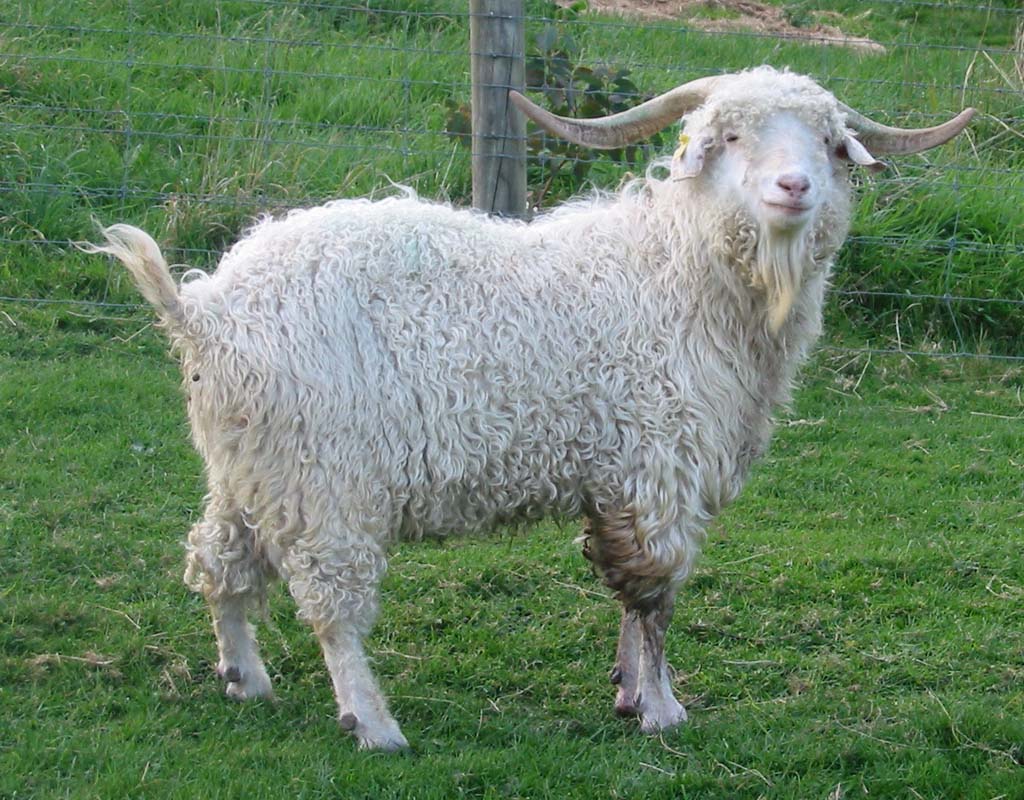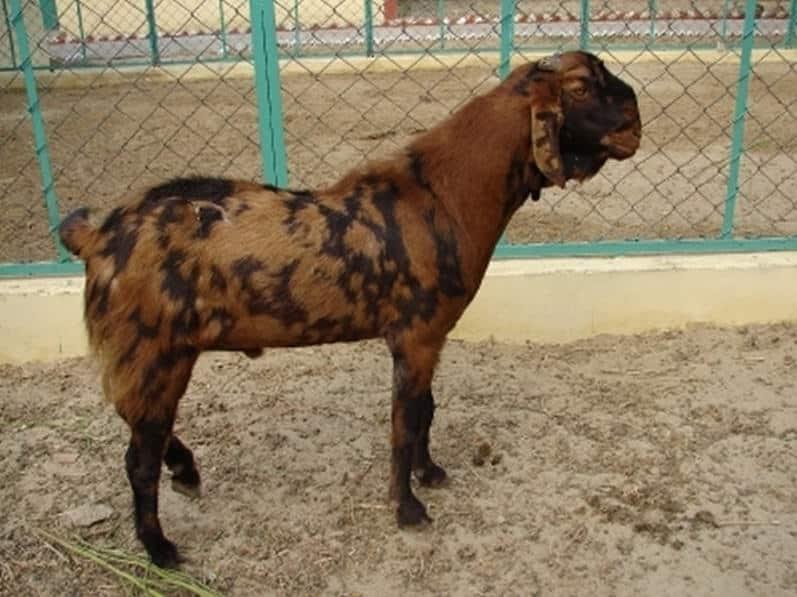Alpine Goat
Alert and graceful, the Alpines are a domestic breed of medium- to large-sized dairy goats known for their outstanding milk output, mild temperament, and long lactation period. They are quite hardy and can adapt to any climate, maintaining superior production and good health. The French Alpines are larger and slenderer than the Swiss Alpine goats.
Types
Different sub-types of Alpines exist today, out of which the following are the most popular.
- French Alpines: These are the original type of Alpine goats from the Alps
- American Alpines: They are produced by crossbreeding with other goats in the US. These have similar temperament as the French type, but may vary in terms of standard conformation or markings.
| Also Known As | Alpine polychrome, French Alpine, American Alpine |
| Physical Characteristics | Erect ears, straight profile, horned, quite noticeable beard in bucks |
| Temperament/Personality | Highly curious and friendly; can sometimes be strong-willed and independent |
| Color | Cou blanc or ‘white neck’, cou clair or ‘clear neck’, cou noir or ‘black neck’, sundgau or black and white markings, pied, chamoisee, broken chamoisee, two-tone chamoisee |
| Coat | Short to medium, fine-textured, bucks typically have a band of long hair along their spines |
| Weight | Billies: 77-78 kg (170-172 lbs) Nannies: 61-62 kg (135-137 lbs) |
| Height | Billies: 81-82 cm (31.9-32.3 in) Nannies: 76-77 cm (29.9-30.3 in) |
| Uses | Dairy and meat production, crossbreeding |
| Diet | Organic foods like grass, alfalfa hay, corns, and pellets, usually fed two times each day |
| Lactation Period | About 284 days; peak production occurs 4-6 weeks after giving birth |
| Lifespan | 8-12 years |
| Climate Tolerance | Adapts to both heat and cold |
| Country of Origin | The French Alps |
| Standard and Qualification Information | American Dairy Goat Association |
History and Development
The ancestors of today’s Alpine goats evolved from some of the earliest Pashang goats that moved to the Alps thousands of years ago. Over the years, these goats naturally developed a perfect sense of direction and balance, as well as the ability to survive in dry and rocky terrain.
Because of their docile nature and a good sense of balance, the Alpines were chosen for ocean voyages. By the early 18th century, these goats were transported across the globe to supply milk and meat to sailors.
Although the Alpines made it to America earlier, they became a highly sought-after breed during the early 1900s. Breeders and farmers in the US started crossing the Alpines with other breeds, leading to the development of the American Alpines.
Meat Production
Although the Alpine is primarily used for milk production, it is frequently crossed with popular meat goat breeds like Boer to develop animals with excellent yield of meat.
Milk Production
Alpines are rated as one of the top milk-producing breeds alongside Toggenburg, Nubian, and Saanen goats. An average-sized Alpine goat can produce about 2,134 lbs of milk per lactation. Alpine milk has comparatively low protein content, with every 250 ml of milk containing 2.3 g of protein. Its milk is considered a healthier choice because it has an average fat content of 3.4%.
Kidding
Alpine goats become sexually matured quite early, with the bucks attaining maturity at 4-5 months after birth, and the does maturing at 5-6 months after birth. The does, however, are not bred until they weigh 75-80 lbs. They carry their young for around 145-155 days, after which they may give birth to 1-5 babies, with the average litter size being two.
Interesting Facts
- Alpine milk, similar to cow’s milk, is used for producing dairy products like cheese, butter, ice cream, and soap.

